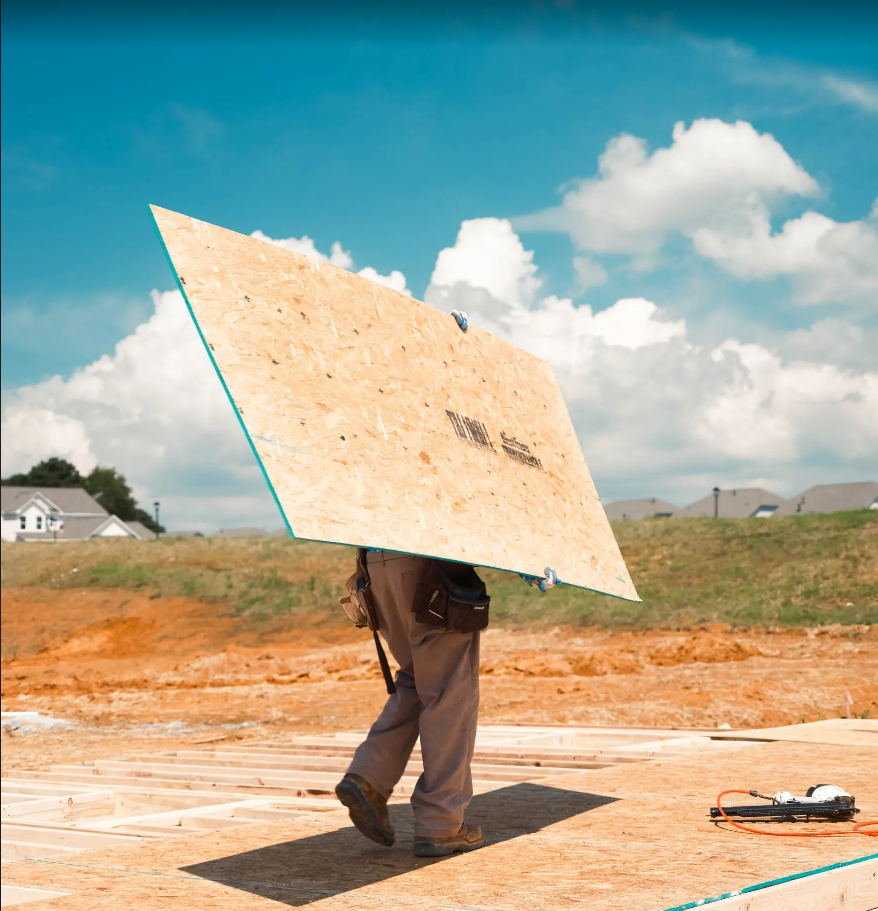Chronic Kidney Disease Is Poised to Become the Black Lung of Climate Change. It’s official. July was the world’s hottest month on record, scientists from the European climate monitoring agency confirmed on Aug. 8, a full 1.5°C (2.7°F) warmer than pre-industrial averages. This is a potent taste of what is to come in a world made hotter by climate change.
The wildfires and heat waves that wreathed much of the northern hemisphere in smoke this summer? Expect more of the same. The surge in deaths and hospitalizations from heat stress and stroke? Ditto. An increase in chronic kidney disease of non-traditional origin? Yup. Wait, what?
One of the enduring legacies of this summer’s spate of heat waves is likely to be a disease that few people have heard of but that could become more prevalent as heat and humidity increase around the world. First documented in El Salvador’s sugarcane workers 21 years ago, Mesoamerican nephropathy, now known as Chronic Kidney Disease of Non-traditional origin (CKDnt), tends to manifest among outdoor laborers who work grueling hours in high heat conditions. Characterized by a fatal progressive loss of kidney function, CKDnt has killed at least 20,000 people in Central America since it was first diagnosed. And it likely killed tens of thousands more elsewhere in the world.
Chronic Kidney Disease Is Poised to Become the Black Lung of Climate Change
Many populations in tropical and equatorial latitudes have reported having this illness as a common occurrence. Particularly among rice farmers and salt harvesters in Thailand, migrant laborers from Nepal in the Middle East and Malaysia. We are talking about brickmakers and coconut harvesters in India and farmworkers and miners from Egypt to Cameroon.
Cases of chronic kidney disease (CKD) are increasing globally as temperatures rise. This is leading to what is likely the world’s first occupational disease brought on by climate change. Like black lung in coal miners, CKD is preventable with the implementation of workplace safety regulations.
Epidemiologist and CKDnt specialist Jason Glaser has no doubt that it is happening in the United States as well, especially after a summer that saw conditions in much of the country echo those of its neighbors to the south. “Absolutely everywhere we’ve looked that has that Venn Diagram of heavy work and high heat with poor labor protections, lo and behold, there it is.”
The United States Occupational Safety and Health Association has been charged by the Biden Administration with creating federal heat safety regulations to safeguard employees, although it will probably take some time for them to be put into effect.
The problem is that, apart from a few clinical reports and case studies, no one is tracking it. That’s a grievous oversight, says Glaser, head of the CKDnt advocacy organization La Isla Network. “It’s so easy to prevent,” he says, yet with dialysis or kidney donation as your only options, it’s so expensive to treat.”
Read more at time.com
Photo: time.com


Leave a Reply